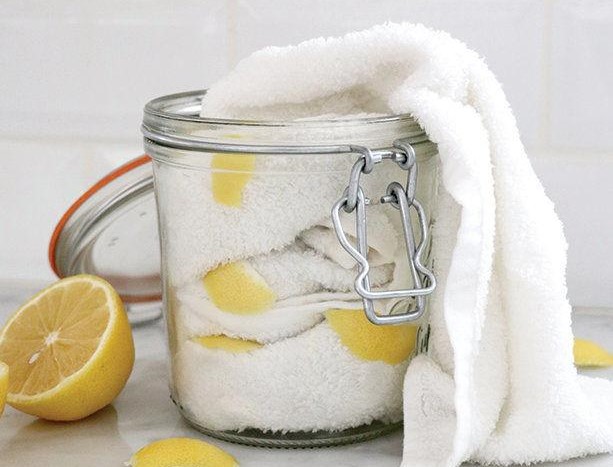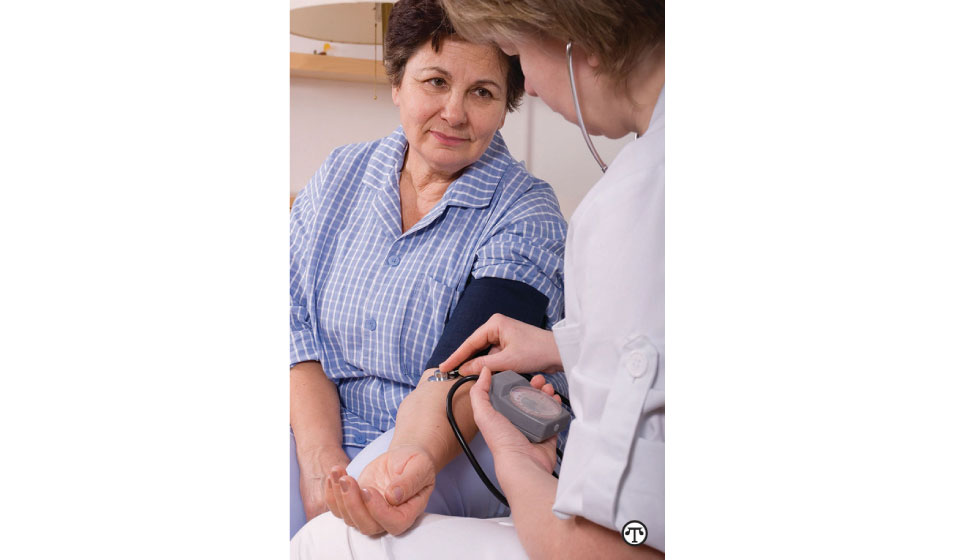 (NAPSI)—Registered dietitian for California Strawberries, Colleen Wysocki, explains what factors play a role in immunity, eating for health, and how to boost immune systems naturally:
(NAPSI)—Registered dietitian for California Strawberries, Colleen Wysocki, explains what factors play a role in immunity, eating for health, and how to boost immune systems naturally:
Factors Influencing the Immune System
Factors that can influence immunity include:
- Diet
- Sleep
- Stress
- Exercise
- Microbiome
- Germs
Eating for Health
Eating for health means increasing whole foods while cutting back on processed foods high in sugar, salt, and saturated fats. People are cautioned not to look for a single “super food” to prevent illness, but rather, start eating a balanced diet to build a strong immune system over time.
The Dietary Guidelines for Americans promotes the “My Plate” method of eating for health:
- ½ of your plate: Colorful fruits and non-starchy vegetables
- ¼ of your plate: Lean protein
- ¼ of your plate: Whole grains or starch
- Low-fat dairy is also encouraged at each meal for those who tolerate lactose.
Consistently building your plate this way prepares the body to fight illness and stress. Eating for health is a long-game; popping a few berries in your mouth when you start to feel a cold coming on will have limited effect. However, if you eat a variety of fruits and vegetables each day, your cells will be better prepared to overcome viruses and infections when your body does encounter them.
The Rainbow of Fruits and Vegetables is at the Heart of Immune-Boosting Foods
Eating the rainbow of fruits and vegetables every day is key to increasing immune cell responses to bacteria and viruses. The phytochemicals in fruits and vegetables that promote health depend on the color of the food.
For instance, red, blue, and purple fruits provide antioxidant and antimicrobial activity. These immune-boosting foods help protect cells from damage and may reduce the risk of diabetes, cancer, stroke, and heart disease.
Green vegetables, on the other hand, are recognized as foods good for the immune system and they have anti-cancer properties and protect against neural tube defects in pregnancy.
It’s important to strengthen the body against non-communicable diseases with a variety of fruits and vegetables first; then when contagious germs enter the body, its defenses will be available to fight them off.
Eating a single color in the diet is like going to school and learning a single subject. If first graders were only taught physical education—that would be important, but they would miss out on learning how to add, subtract, read, and write. Similarly, if a person were to only eat one color of fruits and vegetables (such as greens), they risk missing out on nutrients that may promote a more complete immune response.
Protein is Vital for Repair and Recovery from Illness
Protein is also essential for growth and illness recovery. Protein repairs cells and DNA damage caused by illnesses. Skinless poultry, fish, yogurt, eggs, low-fat cheese, and milk are great sources of protein. If you choose vegetarian protein, pair it with vitamin C-rich foods such as strawberries. Iron from plant protein is difficult to absorb without vitamin C.
Foods High in Vitamin C
Food sources of vitamin C are more effective at strengthening immunity and overall health than supplements. In addition, fruits and vegetables such as strawberries offer much more than vitamin C; all of their micronutrients work together to help prevent and fight disease.
One serving of eight strawberries provides all the vitamin C you need for a day. Oranges, red peppers, cantaloupe, papaya and kale are also foods high in vitamin C.
How to Boost Immune System Naturally
- Exercise’s Role in Immunity. For those who want to know how to boost the immune system naturally, after diet, physical activity is key. Exercise is another long-term approach to building strength against germs and disease. Working out not only builds muscle, it also reduces abdominal fat, high blood pressure, cholesterol, and stress—all risk factors for disease. It can help you sleep better and decrease symptoms of depression and anxiety.
The American Heart Association recommends adults get at least 150 minutes of moderate cardio exercise and at least three days of strength-building exercises per week.
- Sleep and Stress. Increasing sleep and decreasing stress are also on the list of how to boost your immune system naturally. Do your best to get adequate sleep (7+ hours each night).
During stressful times, techniques to help manage anxiety may include talking to someone, checking in on loved ones, exercise, sleep, and eating a nutritious diet.
- Microbiome and Germs. Don’t neglect the role bacteria play in spreading harmful germs. While you can wipe out germs and bacteria on surfaces, it’s critical to feed your gut good bacteria.
Pre- and probiotics are immune-boosting foods because they feed the good bacteria in the gut. Prebiotics include fiber from fruits and vegetables, while probiotics include strawberries, apples, kefir, kombucha, sauerkraut, pickles, miso, tempeh, kimchi, sourdough bread, and some cheeses.
For more strawberry nutrition information and recipes, visit californiastrawberries.com.
 Courtesy of AARP Maine
Courtesy of AARP Maine

 (NAPSI)—The warning bells are ringing. From regulators, law enforcement agencies and consumer organizations around the globe, the message is clear: Fraudulent schemes related to the coronavirus (COVID-19) pandemic have arrived, and they are coming in many forms, from investment fraud to fake CDC emails to phishing scams.
(NAPSI)—The warning bells are ringing. From regulators, law enforcement agencies and consumer organizations around the globe, the message is clear: Fraudulent schemes related to the coronavirus (COVID-19) pandemic have arrived, and they are coming in many forms, from investment fraud to fake CDC emails to phishing scams.


 (NAPSI)—Registered dietitian for California Strawberries, Colleen Wysocki, explains what factors play a role in immunity, eating for health, and how to boost immune systems naturally:
(NAPSI)—Registered dietitian for California Strawberries, Colleen Wysocki, explains what factors play a role in immunity, eating for health, and how to boost immune systems naturally: To make it easier to breathe clean at home, have your HVAC system inspected regularly.
To make it easier to breathe clean at home, have your HVAC system inspected regularly.
